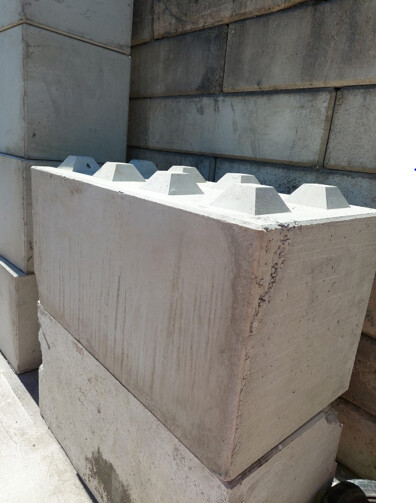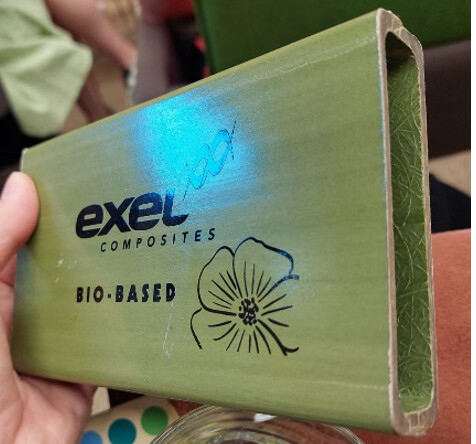
Savonia Article: Circular Economy Solutions
In the bioeconomy strategy of European Union, cities develop into circular and bioeconomy centers, where biowaste serves as input for safe and sustainable bio-based products. The aim of the HOOP project is to boost circular economy in European cities and to develop the utilization of raw materials obtained from the organic fraction of municipal waste and municipal sewage sludge. These can be used to produce, among other things, circular fertilizers for agriculture and bio-based plastics for packaging and bottles. The project connects eight cities and urban areas from different parts of Europe and promotes sharing of research information, technologies and experiences regarding new innovative circular economy solutions.
At the beginning of the summer 2022 we participated to a study tour on behalf of the HOOP project. This was the first one from a series of study tours, with the intent to have all the HOOP partners visit all eight Lighthouse Cities of the project and see examples of local circular economy solutions.
The tour began in Münster, Germany, where we got a closer look of the local waste management solutions and got a tour of the waste management center’s facilities. One of the most interesting parts of the tour was on the old, covered landfill, which the waste management company utilizes in several different ways. The city’s largest solar panel park is located on the hill, and a herd of sheep takes care of keeping the surrounding grass short. In addition, there is a learning path on the top of the hill, which includes various task points. The company organizes tours for schoolchildren on the learning path. Task points include, among other things, a waste sorting point, a collection of waste containers and typical waste from different eras, and a waste cemetery, where students can dig up waste buried into the ground in different years to see if they have decomposed.

The next day our tour continued in the city of Almere, Netherlands, where we got a tour of the local waste management center, presentations from local companies with innovative circular economy solutions and visited the international horticulture exhibition, Floriade Expo. At the waste management center, the local waste management company Cirwinn introduced us to their operations. Especially interesting was to get a close look of the process, where they produce recycled concrete from demolition waste. The waste generated for example from demolished buildings is crushed, screened, and sorted according to grain size. The resulting material is reused as gravel and after processing, as ready-to-use recycled concrete. This can be used, for example, as construction site covering, base material, street layer and gravel substitute. At the waste management center, huge Lego-like blocks are made from the recycled concrete, which have also been used in the area’s own structures. In the city, for example bicycle paths have been built from the recycled concrete


Another innovative circular economy solution was presented to us by the local company Millvision, which has set out together with the city of Almere to develop an interesting circular economy solution that, in addition to being ecological, would help in utilizing of the invasive species, giant hogweed, which is harmful to health and native species. The company has produced bio composite utilizing this harmful plant, and the produced bio composite has been used to make, e.g., park benches, railings and traffic signs in the city area. Bio composite can be used, for example, instead of plastic, and giant hogweed has also been used, among other things, in concrete as one of the components.
The day included also a visit to the Floriade Expo, where the key themes were circular economy in construction and bringing sustainable development into urban environments. Almere city was founded only 40 years ago and has since grown very fast. The cityscape does not include a lot of parks, which we are customed to in Kuopio, but the areas between buildings are often paved. Because of this, bringing green growth into the city environment requires new innovations. These have been presented at Floriade, which will become a new city district once the exhibition ends.
Written by: Suvi Hackman and Harri Auvinen
Photos: Suvi Hackman, 2023

